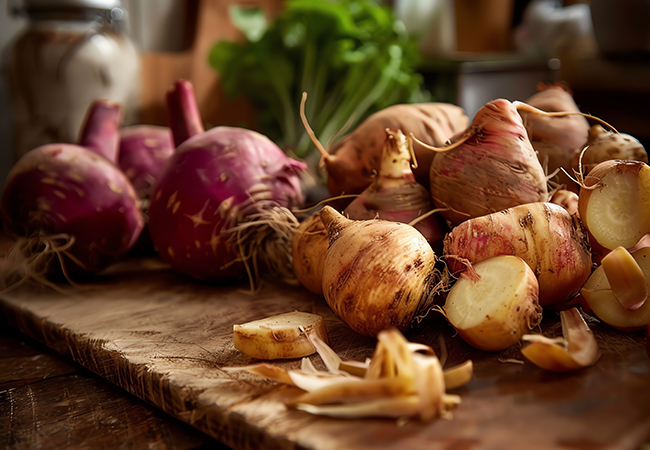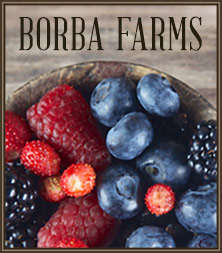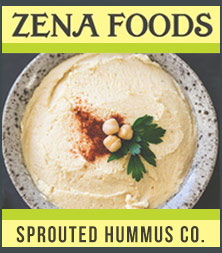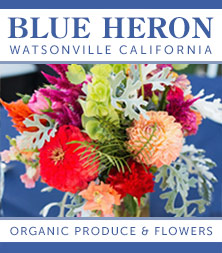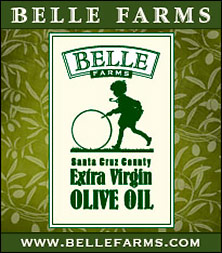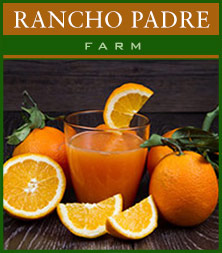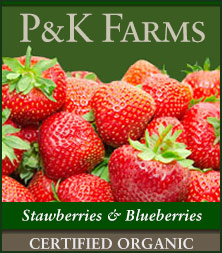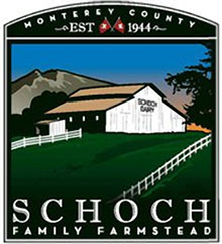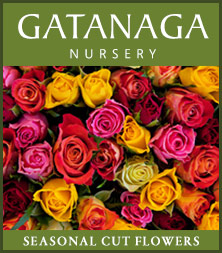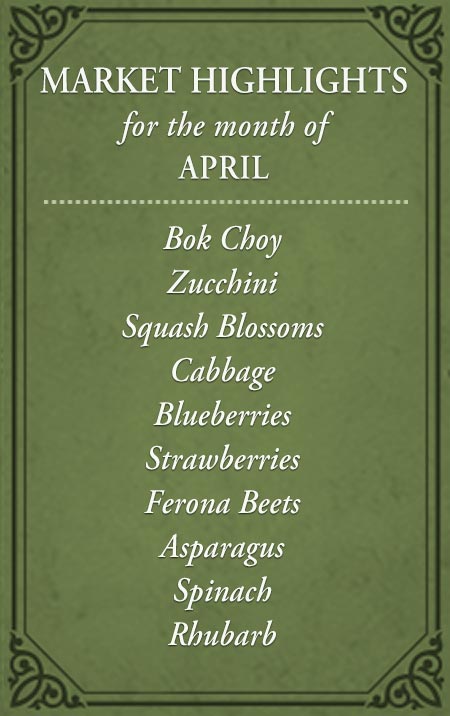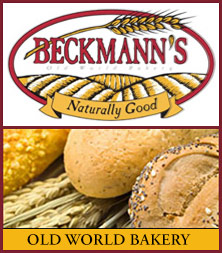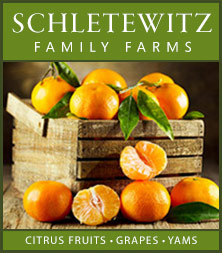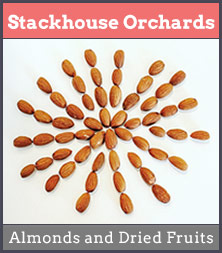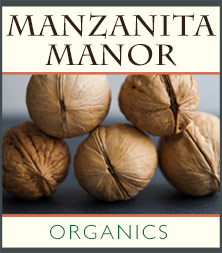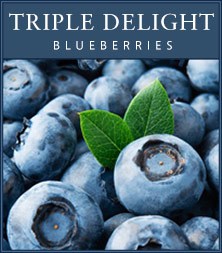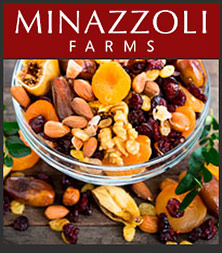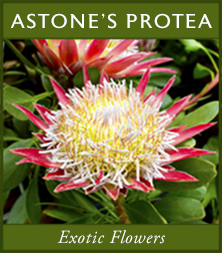At the farmers market, you might see turnips and rutabagas side by side, and it’s easy to mistake one for the other. Both root vegetables belong to the Brassica family, making them cousins to cabbages and Brussels sprouts. However, turnips and rutabagas have their own unique flavors, textures, and culinary uses that make them worth exploring separately.
Appearance
One of the first differences you’ll notice is in their appearance. Turnips tend to be smaller, typically around the size of a baseball, and have smooth white and purple skin. Their flesh is white, which remains tender even after cooking.
Rutabagas, on the other hand, are usually larger, with a rougher skin that has a yellowish hue, often tinged with purple. Their flesh is a light yellow, which can deepen in color when cooked. The size and color difference can help you identify them quickly when browsing market stalls.
Flavor Profile
Turnips have a mild, slightly peppery taste, reminiscent of radishes when raw, though they become sweeter and mellower when cooked. Their taste works well in salads, soups, or as a roasted side dish.
Rutabagas have a slightly sweeter, richer flavor. Their taste can be compared to a mild cabbage with a touch of earthiness, making them ideal for mashing, roasting, or adding to stews. If you’re looking for a more substantial, nutty flavor, rutabagas are the way to go.
Texture and Cooking Differences
The texture of turnips is crisp when raw but softens quickly with heat, making them perfect for dishes that require shorter cooking times. They’re great in stir-fries or even sliced thinly and added to salads for a crunch.
Rutabagas, being denser and starchier, benefit from longer cooking times. When mashed or roasted, they develop a creamy, buttery texture that holds up well in hearty dishes. They’re ideal for slow-cooking or mashing with potatoes for a richer take on traditional mashed potatoes.
Nutritional Benefits
Both turnips and rutabagas are rich in fiber, vitamins C and K, and various antioxidants, which support immune health and reduce inflammation. Rutabagas are slightly higher in carbohydrates, making them a more substantial source of energy, while turnips are lower-calorie, making them an excellent choice for lighter meals.
Selecting and Storing
When selecting turnips, choose smaller ones, as they’re often more tender and less likely to be woody. For rutabagas, pick ones that feel heavy for their size with unblemished skin. Store both in a cool, dry place, preferably in the refrigerator, where they’ll last for several weeks—perfect for winter storage and cooking!
You’ll find these root vegetables available at Borba Family Farms booth as well as Pinnacle at the farmers markets!
RUTABAGA RECIPES: Click here for recipes.
TURNIP RECIPES: Click here for recipes.


